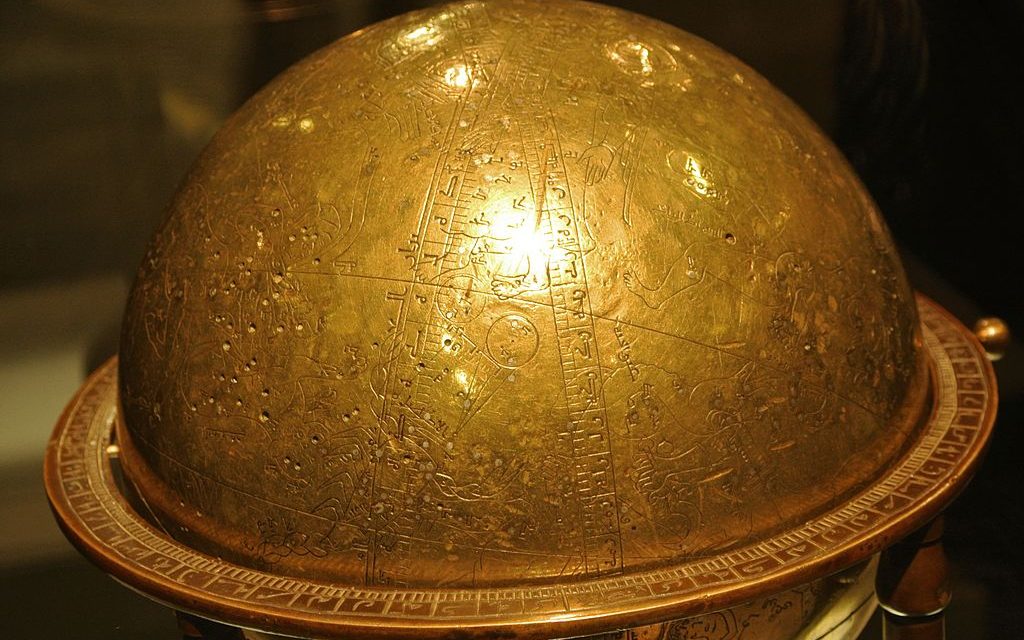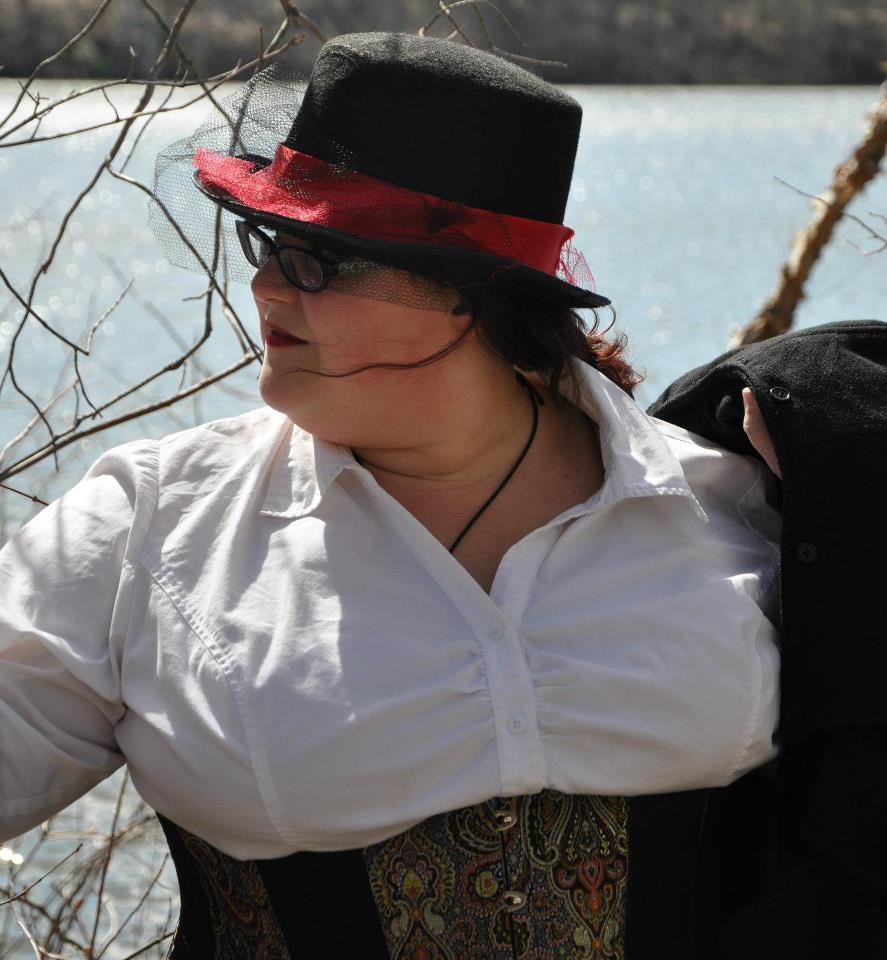It’s a common misconception that women were only working in spheres of society outside home and nursing/education as a recent thing, from World War 2 onwards, but this is just a misconception. Across the world women worked, and in a variety of fields.
For example, while we think of a Eurocentric view of the medieval period as the Dark Ages, it was also – in North Africa, much of the Mediterranean, and elsewhere – known as the Golden Age of Islam, where scholars and translators kept knowledge from more ancient sources (such as Greco-Roman sources, Egyptian sources, et al.) in translation and when areas like philosophy, mathematics, medicine, and architecture advanced.
History gives us a note of Mariam as among the chief astrolabe-makers in the world in her day, in the tenth century CE (900s) and noted to have served as such for the Emir of Aleppo between 944-967 AD.
Astrolabes were used by ship navigators to determine course via the position of the stars, as well as by astronomers studying the skies; therefore, making these instruments was a prestigious career in tool engineering. She is noted by the compiler Ibn Al-Nadim to have initially studied under her father and apprenticed under Bastulus, who is on record as having created the world’s oldest surviving astrolabe.





